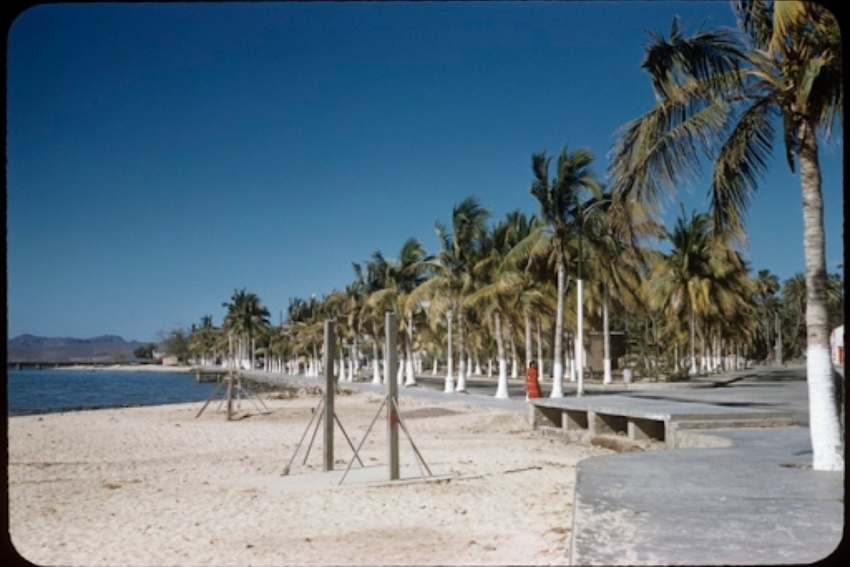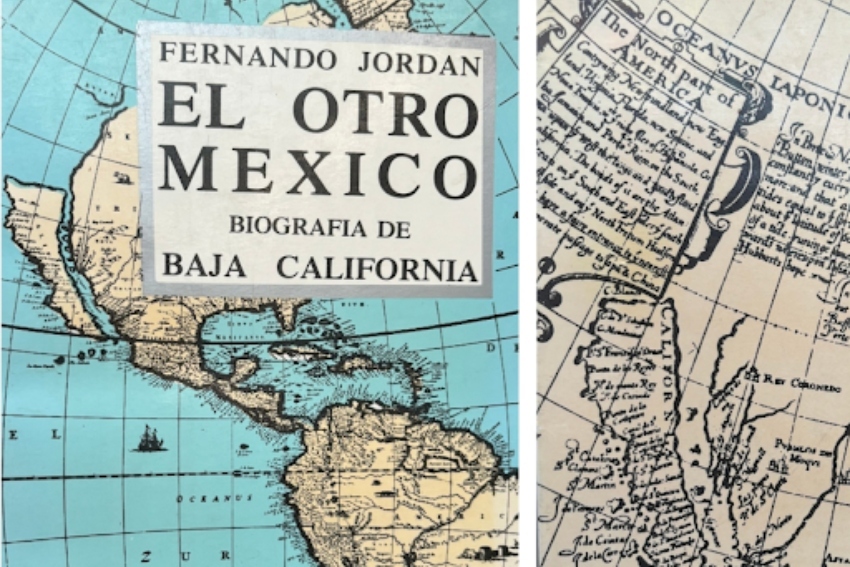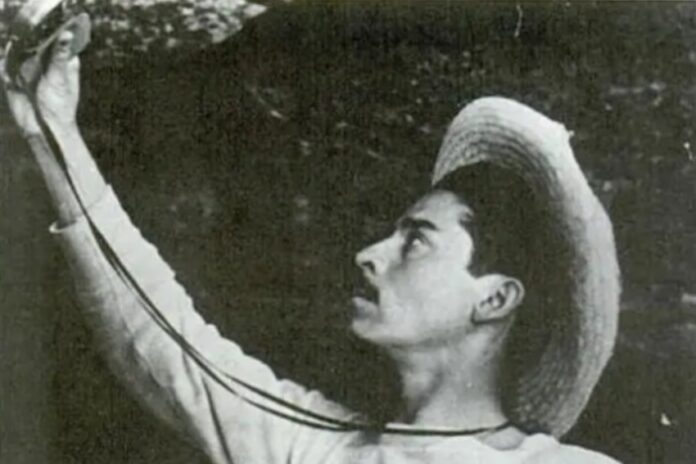Sometime around 3 a.m. on the morning of May 14, 1956, at a house on Revolución de 1910 Street, a few blocks from the malecón in La Paz, Baja California Sur’s capital city, and on the block where the Hotel Seven Crown Centro Histórico stands today, someone fired a .44 caliber bullet into the heart of Fernando Jordán Juárez, killing him instantly.
Was it murder or suicide?
The gunshot may have been fired by Jordán himself, although a compelling case can be made for either murder or suicide. Jordán had recently fallen out with his mentor and editor at Impacto magazine, Regino Hernández Llergo, after he refused to run a piece on a corrupt businessman. This wasn’t the first influential person, from politicians to other powerful people, that the writer had felt compelled to go after in print.

Jordán, staying at the house of a friend the night he died, was also said to have burned several letters before the fatal gunshot was fired. But were these letters of a personal or professional nature? It was intimated at the time that Jordán was involved in an affair with a married woman, also not for the first time. Could his death have been at the hands of an angry husband?
Several people who knew Jordán well, including his brother Raúl, believed he was a suicide, and that was the official verdict rendered before he was interred at the Panteón de Los San Juanes cemetery in La Paz. On the other hand, how many suicides cover themselves with a sheet afterwards? Or indeed, shoot themselves in the heart? Nearly 90% of suicide shots are to the head. These unexplained clues led to many speculations after Jordán’s death, including the possibility of a state-sanctioned assassination.
Only one thing was certain. The state’s greatest writer and poet was dead at the age of 36.
The early life and journalistic career of Fernando Jordán
Remarkably, given how indelibly associated Jordán is with the Baja California peninsula, he spent time there during only six years. His final six, as it turned out. Jordan was born in Mexico City in 1920 to a father, Amado Jordán Sánchez de la Barquera, a military fencing master, and a mother, Elena Juárez Villegas, who was the daughter of two doctors. Given his parentage, he seemed destined for a good education. But the signal event of his young life was when, following his graduation from vocational school, he changed his mind about becoming an architect and decided to enroll in the National School of Anthropology and History (ENAH) to study anthropology.
Jordán met his wife, Swede Barbro Dahlgren, the mother of his two children, while at ENAH. His anthropological training informed everything he would write. However, while his wife became a respected academic (with notable work on Baja California’s prehistoric rock art), he opted for a career in journalism, starting at newspapers like La Prensa and Novedades before moving on to magazines such as Mañana and Impacto. Hernández Llergo was an important figure at the latter two, and Jordán’s talents were unleashed on assignments that took him all over the country, from the Revillagigedo Islands to Yucatán, Chiapas, and the Alta Tarahumara.
His biggest assignment, however, wouldn’t become clear until a September evening in 1949 at the Impacto offices on Paseo de la Reforma in Mexico City. In response to Hernández Llergo’s query as to what he wanted to do next, Jordán pulled out an aerial map of the Baja California peninsula and began speaking passionately of his travel plans.
Baja California: “The Other Mexico”

The series of articles Jordán wrote about the Baja California peninsula for Impacto would ultimately be published, forty years after his death, as the book “Baja California, Tierra Incógnita.” However, the book that established his reputation during his life was published in 1951. Inspired by his travels, “El Otro Mexico: Biografía de Baja California” was a landmark work, a masterpiece, that the distinguished professor, historian, and journalist Arturo Sotomayor would call “the most transcendent and valuable Mexican book of the last quarter century.”
What makes this book so special, and why has it cast its spell on generations of readers since it first appeared? The book seamlessly integrates history, anthropology, and journalism, but with large helpings of what can only be called poetry. Jordán himself claimed he “handled history like a novel and geography like an adventure,” but without violating “any of the precepts of the historian, the geographer, or the biographer.”
The book’s first printing immediately sold out, and although it wouldn’t lead to a financial windfall for its author, its subject matter would also provide him with a canvas for his second masterpiece in 1955.
Calafia, Jordán’s lasting triumph and legacy
La Paz famously dates its birth as a city to May 3, 1535, when Hernán Cortés arrived there. Jordán’s poem “Calafia,” written in the 24 hours preceding the Juegos Florales of 1955, celebrating the 420th anniversary, and for which he received 500 pesos as the winner of the poetry contest, looks back at the first meeting between conquistadors and the Indigenous Guaycura, and the naming of the land California.
“Yours is the magical coast of pearls and sand,” he writes in a translated stanza from the Guaycura’s perspective, welcoming the conquistadors to “the forests of cardóns / the mountains that rise / to look out at the sea / the fountains that cut emeralds / over the dry earth / the valleys where the sun / takes its siesta / the islands of mysteries and fish / and the veins / these veins fused by the devil / with the bellows of God.”
Calafia remains the greatest poem ever written about La Paz, Baja California Sur, and the Baja California peninsula, and its legacy endures, even if, sadly, it was a valediction for its author, who died only a year after writing it.
Chris Sands is the Cabo San Lucas local expert for the USA Today travel website 10 Best, writer of Fodor’s Los Cabos travel guidebook and a contributor to numerous websites and publications, including Tasting Table, Marriott Bonvoy Traveler, Forbes Travel Guide, Porthole Cruise, Cabo Living and Mexico News Daily. His specialty is travel-related content and lifestyle features focused on food, wine and golf.
